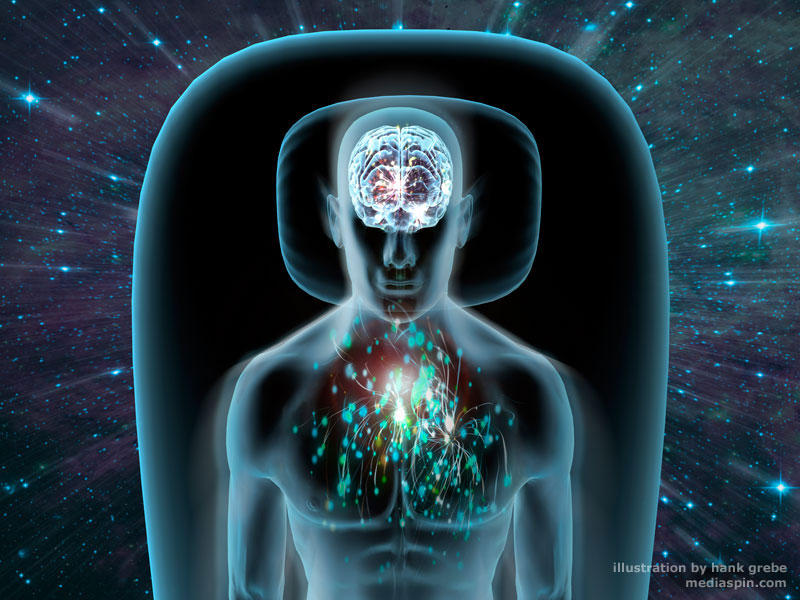Artist's impression of a galaxy that is releasing material via two particle jets (red/orange) as well as via ultra-fast outflows (grey/blue), both powered by a black hole. Credit: ESA/AOES Medialab
Here is an excellent post about particle jets that take material from around a black hole, (around one solar mass per year) and eject it at speeds of up to 100,000 kilometers per second. It is these outflows that limit a black hole's growth since that material would otherwise be eaten or released via the primary particle jet.
How ‘UFOs’ Curb Black Hole Growth | Basic Space, Scientific American Blog Network:
'via Blog this'














